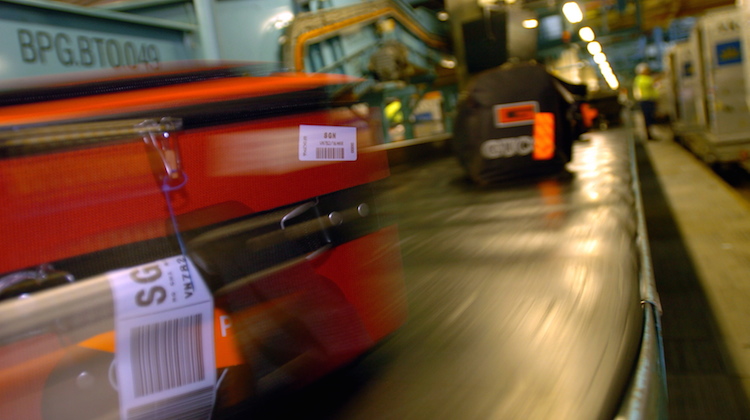
Tracking baggage at various points throughout the journey has led to the rate of mishandled bags falling by up to 66 per cent, according to air travel technology provider SITA.
The SITA 2019 Baggage IT Insights report said an increasing number of airlines and airports had started tracking passengers’ luggage at check-in, when loaded onto the aircraft, at the transfer point for connecting itineraries and at arrival to improve baggage management and further reduce chances of bags being mishandled.
SITA said in the report that despite the increased strain tracking placed on existing air transport infrastructure, baggage mishandling had been significantly reduced, thanks to investments in smart technology, automation and new processes.
There has been a record drop in baggage mishandling in the past decade, with a steady rate at around 5.7 bags per thousand passengers over the past three years. In 2018, the rate was 5.69 per thousand passengers.
At the same time, passenger numbers had increased by 76 per cent between 2007 and 2018, with 4.36 billion passengers checking in 4.27 billion bags in 2018.
The total number of bags mishandled each year in the decade fell 47 per cent from 46.9 million in 2007 to 24.8 million in 2018, while the annual bill footed by the industry shrunk 43 per cent to US$2.4 billion (A$3.42 billion), down from US $4.22 billion (A$6.029 billion) in 2007.

The International Air Transport Association (IATA) recently published Resolution 753, requiring member airlines to track baggage at four stages of the journey – checkin, loading onto the aircraft, transfer and arrival. The resolution came into effect in June 2018.
SITA said most airlines expected to have achieved some level of Resolution 753 compliance by the end of 2018, with a quarter forecasting compliance would extend beyond their hubs to at least half their networks.
It found that when bags were tracked when loaded onto the aircraft, the rate of improvement ranged from 38-66 per cent, depending on the level of tracking introduced.
“Everyone across the industry needs to look beyond the process and technology improvements made in the past decade and adopt the latest technology such as tracking to make the next big cut in the rate of mishandled bags,” said Drummond.

Transferring baggage from one aircraft, or airline, to another was a pinch point in the journey, accounting for 46 per cent of all mishandled bags, he said.
“Transfer is by far the most difficult stage to track a bag as there are multiple airlines and airports involved,” Drummond said.
“However, data from this year’s report shows that tracking at key points in the journey, such as transfers, will go a long way to eliminating mishandling and will allow airlines and their passengers to keep tabs on where their bags are at every step of the way.”
Ahmed Juma Al Shamsi, acting chief operations officer at Abu Dhabi Airports said in the SITA report that his airport had led the way with the introduction of tracking on arrival and it was seeing significant improvements.
“For our passengers the timely delivery of baggage is key to ensuring a seamless passenger experience and therefore an area in which we continue to make further improvements,” he said.
VIDEO: A explanation of how SITA is developing products to meet IATA Resolution 753 from the company’s YouTube channel.










